הארי ברטויה(1915-1978)

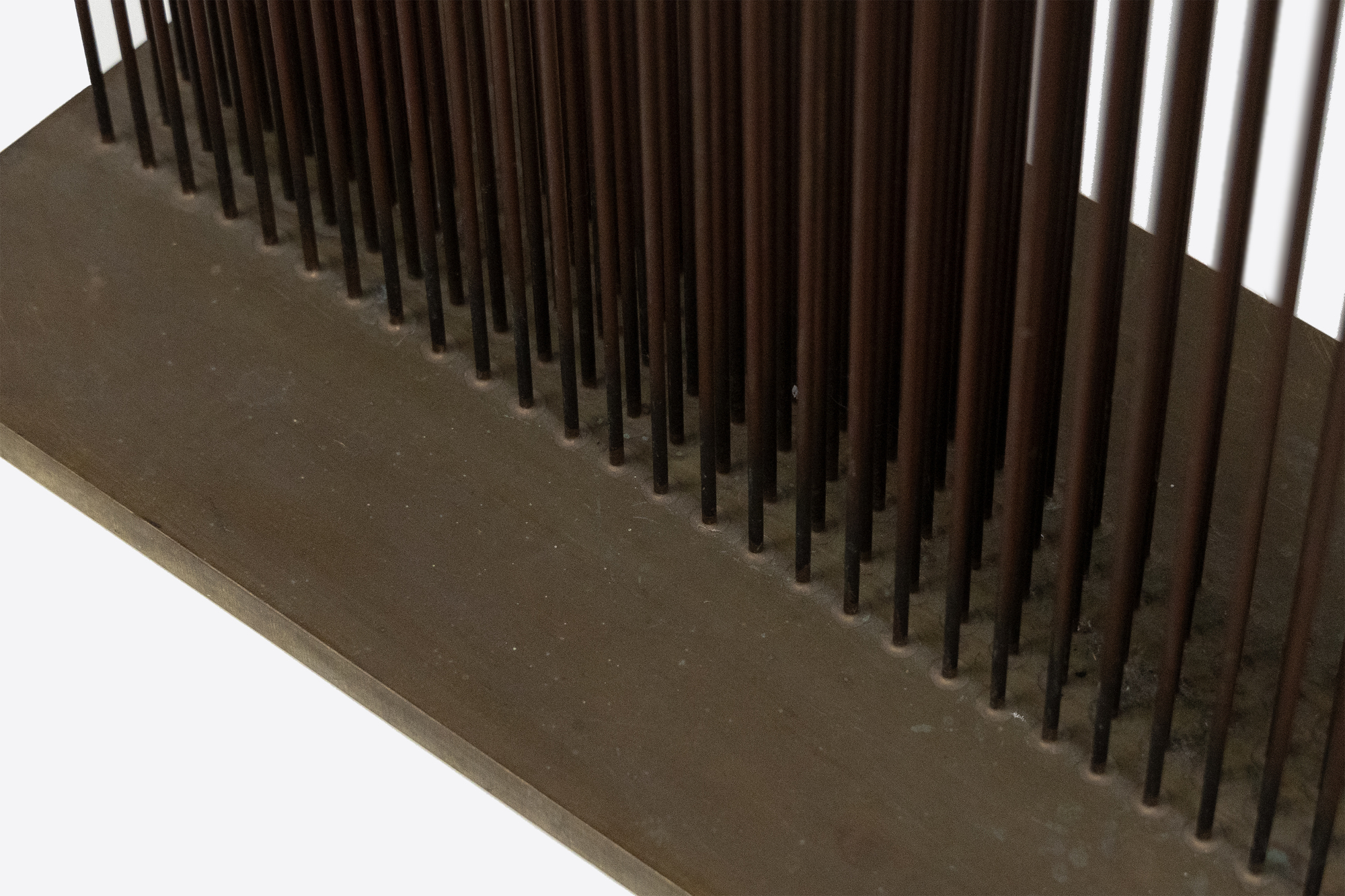
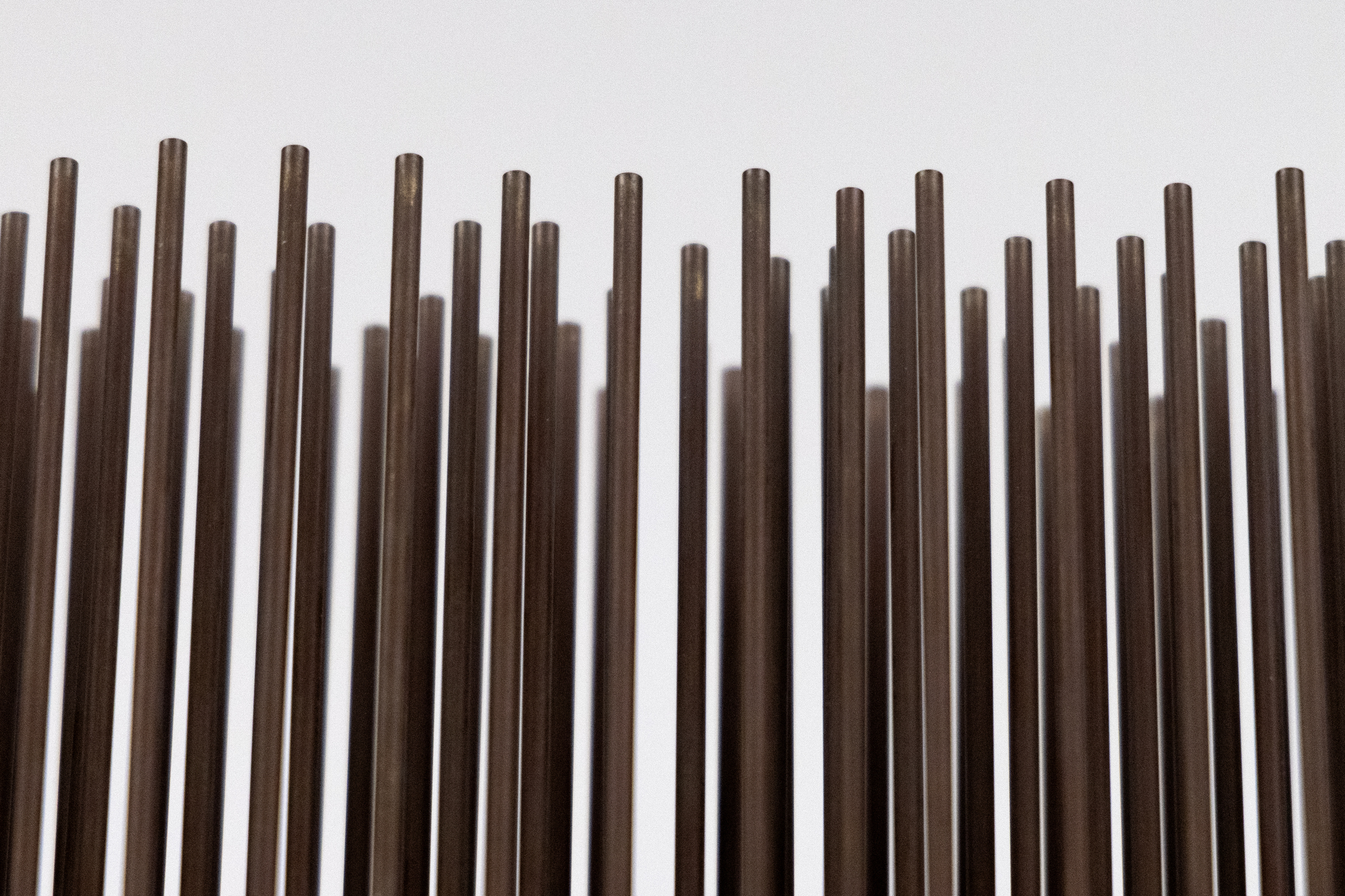
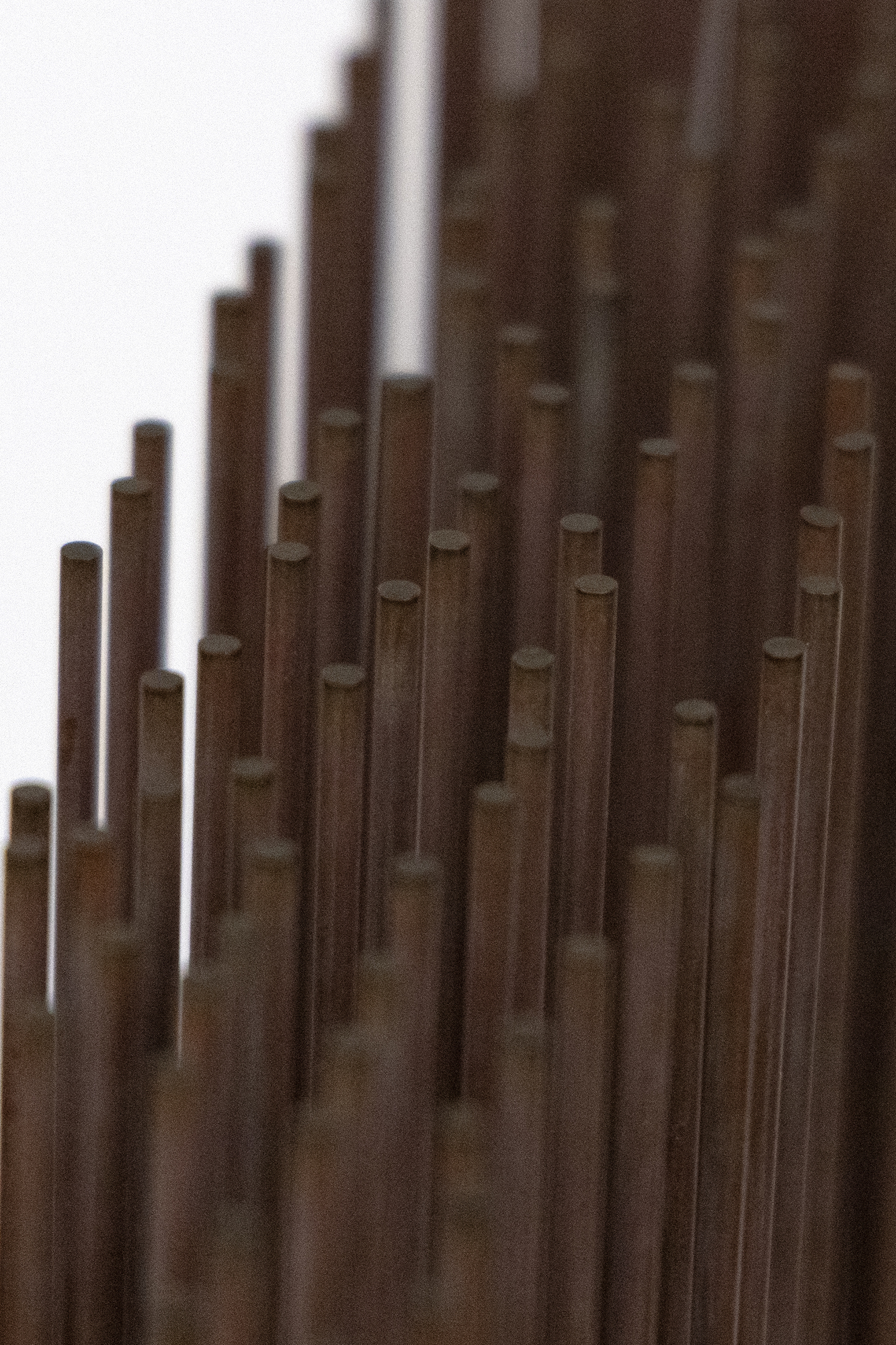
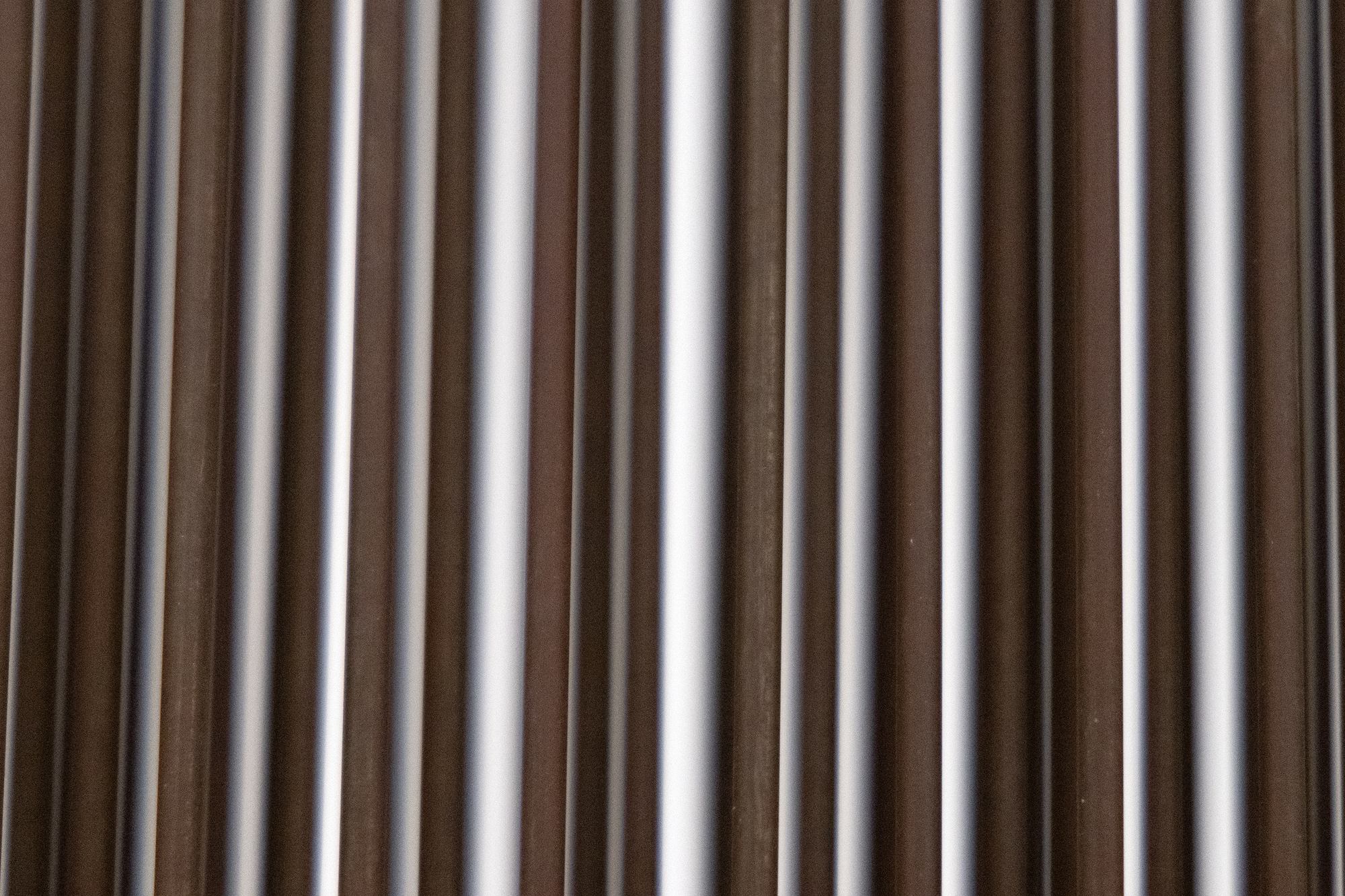
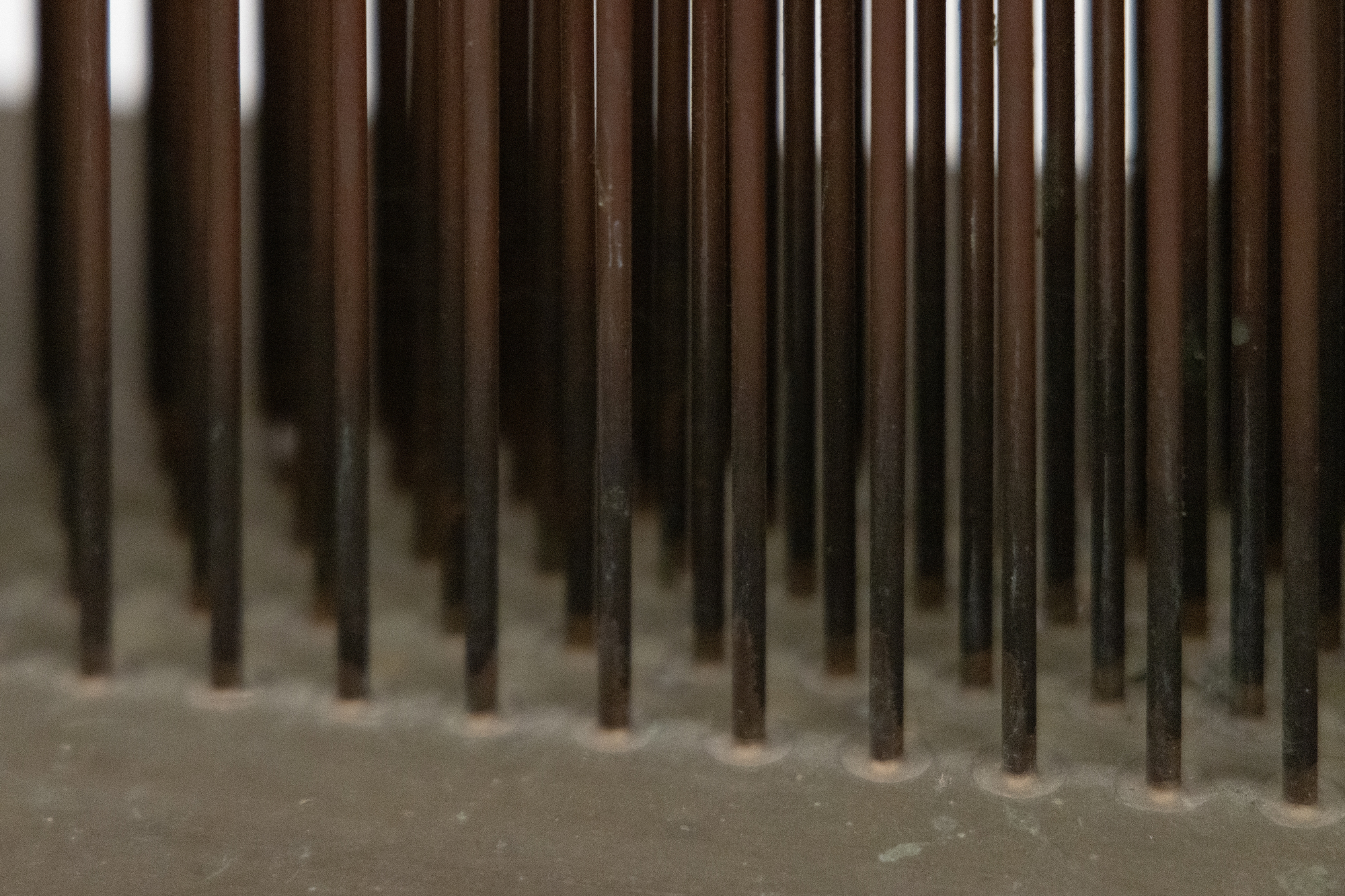
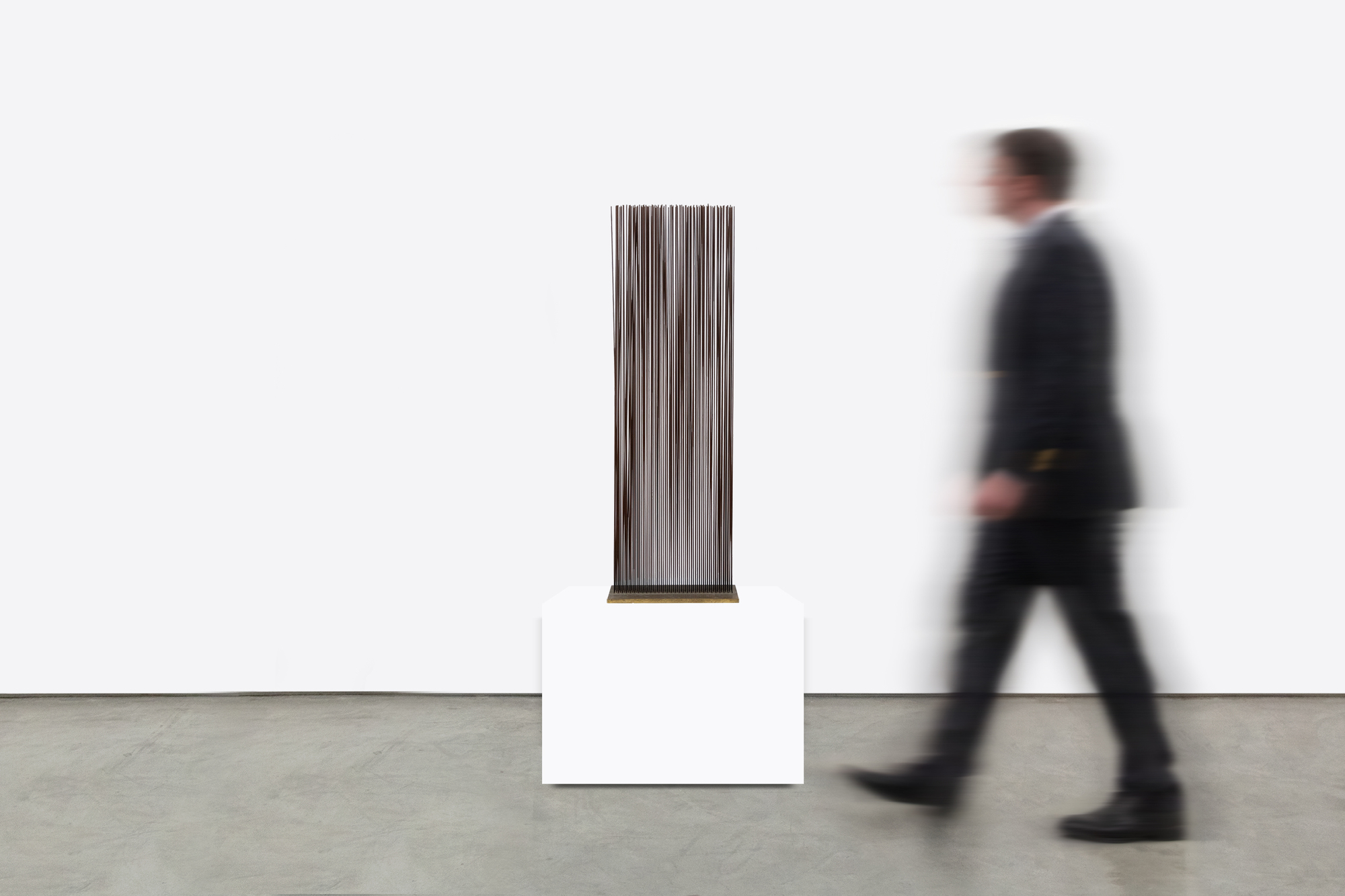
מקור ומקור
אוסף פרטיפסל "סונמביינט" הנוכחי הוא וילון בגובה ארבעים ושמונה אינץ 'של פחים דקים. לאחר הפעלתו, הוא הופך לקיר צליל באורך 15 3/4 אינץ 'ובעומק 8 אינץ '. חמש שורות של פחים צרים מדורגות, לסירוגין בין 30 ל -29 פחים, שכאשר הם מופעלים, נוכחים כקיר גלי של קול. כאשר נוגעים או מזיזים אותם זרמי אוויר, המוטות מפיקים צליל שאמנם מתכתי, אך אינו מסגיר את מקור ההשראה שלו: החיבור השליו שחש ברטויה בהתבוננות בתנועה הגלית העדינה של עשבי המדבר. כמו תמיד, זהו פסל ברטויה המזמין השתתפות בחוויה של שינוי צורות וצלילים, עבודה השתתפותית המבקשת מאיתנו להיות נוכחים ברגע, להתחבר לאורך זמן עם האובייקט ויוצרו.


